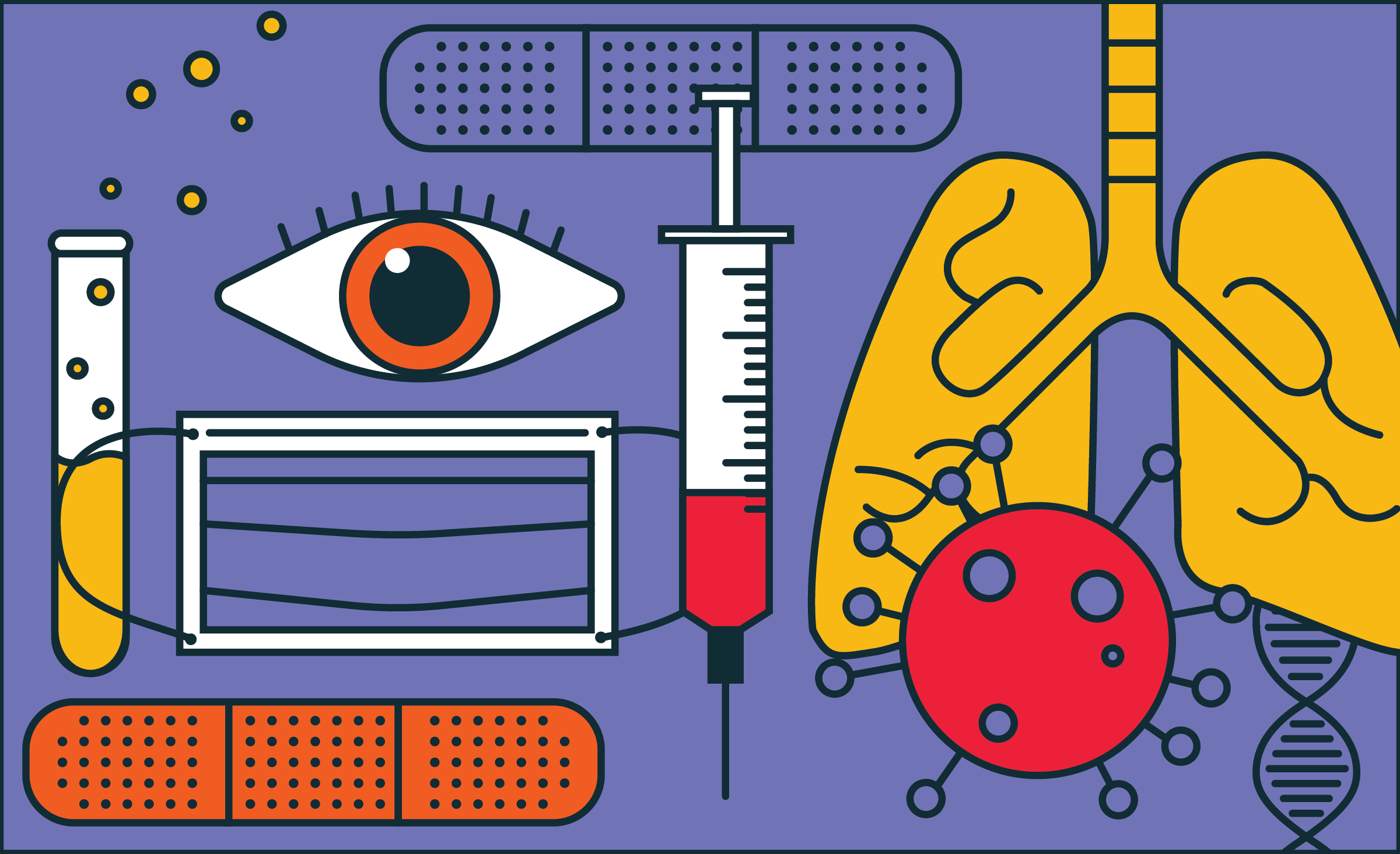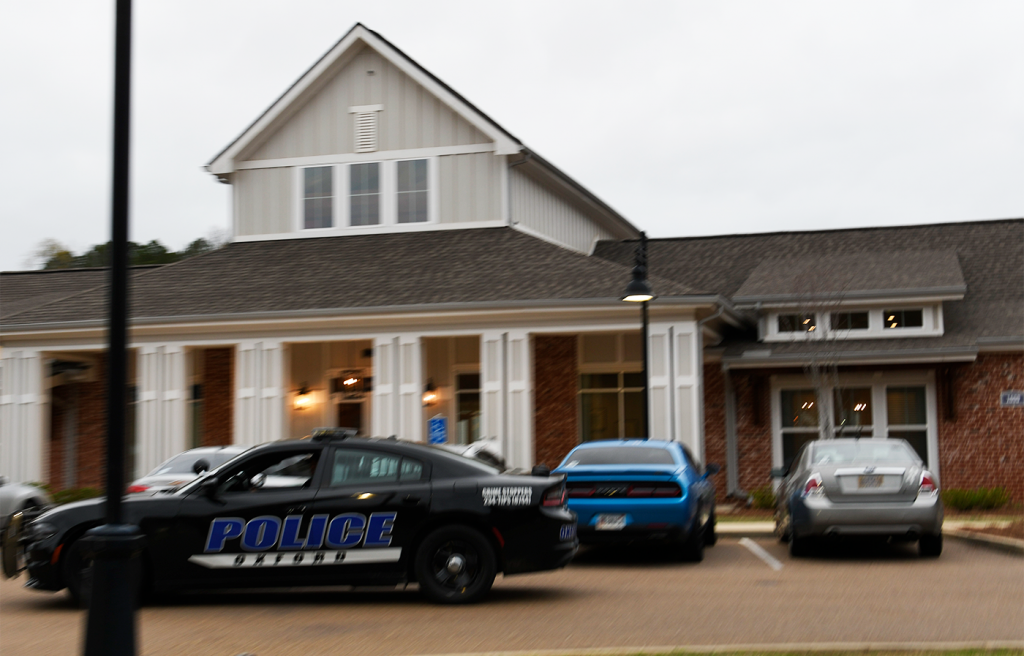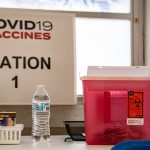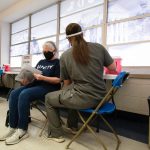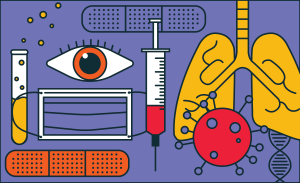
One year ago, a University of Mississippi student self-reported the first case of COVID-19 among UM students, faculty and staff. Since March 16, 2020, the Oxford campus community has amassed 1,288 aggregate confirmed cases, and Oxford’s most recent data shows a total of 5,858 cases in the past year.
Now, the rate of increase for those numbers is beginning to plateau — partially because of vaccine distribution. Over 11% of the state is fully vaccinated, and 20% has received at least one dose, according to Mississippi State Department of Health data.
Nikki Jonah, a junior forensic chemistry major, is one of the 329,992 people in the state who are fully vaccinated. She has two heart conditions that define her as high risk: inappropriate sinus tachycardia (IST) and postural orthostatic tachycardia syndrome (POTS). Before the pandemic, though, she was only aware of one.
“Back in the fall, I had some unknown virus and wound up getting a lot of inflammation around my heart,” Jonah said. “Because of that, it wound up causing or worsening the second condition, POTS.”
Jonah said that once she discovered her IST, her hope for a vaccine intensified.
“Because some random virus caused all of that inflammation and damage, (the doctors) were worried about what actual COVID could potentially do,” she said.
Still, when the vaccine became available in January, Jonah said her mother urged her not to make an appointment.
“She was worried about what side effects I would get,” Jonah said. “I was more worried about what would happen if I actually got COVID than about the vaccine, so I just went ahead and did it.”
Jonah did not tell her mother about receiving the vaccine until after her first dose of Pfizer, and when her side effects were arm pain and a headache, Jonah said her mother “felt a lot better about it.”
The Centers for Disease Control and Prevention lists arm pain and headaches as common side effects of any COVID-19 vaccine, but the CDC also says they should go away within several days. However, if it gets worse after 24 hours, the CDC recommends calling a doctor.
“It’s a lot of fear about what could potentially happen,” Jonah said. “It’s kind of a personal decision, because I didn’t have that severe of a reaction to it. But my roommate had already had COVID when she got the vaccine, and she had a much more severe reaction.”
Jonah’s roommate is Barrie Wright, a junior international studies major. Wright has always had “really, really, really bad lungs,” so when she tested positive for COVID-19, she was expecting severe symptoms. Still, she said having the coronavirus was worse than what she imagined it might be.
“I was hospitalized because my reaction was very bad,” Wright said. “I was put on this plasma. People who had COVID could donate their plasma, and they were using that to see if it had any treatment on COVID-19.”
This treatment is called convalescent plasma therapy, and according to NPR, more than half a million Americans have received it over the past year. Still, it remains unclear whether it has any direct benefits for COVID-19 patients.
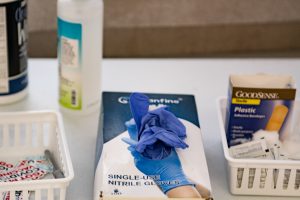
A few months afterward, Wright was able to schedule a vaccine appointment. Almost immediately after her first dose of the Moderna vaccine, Wright began experiencing intense symptoms.
“Usually, you don’t have a major reaction with your first shot, but mine was very bad. I had a fever for the first three days of like 101.8, and with the arm that I got the shot in, I couldn’t move my arm at all for at least five days,” she said.
Her reaction to the second dose was similar, but slightly less-severe symptoms. Still, Wright said she would do it all again to be immune to the coronavirus.
“I would rather take the symptoms of the vaccine anytime before I would ever want to get back to having COVID,” Wright said.
While Wright recognizes her experiences with the vaccine as worth the pain she experienced, there are many other students like Jonah who received the vaccine with little to no pain.
Olivia Fox, a senior biochemistry major, received both doses of the Pfizer vaccine through her work with the University of Tennessee Methodist clinic in Memphis, and she said vaccination was an easy, relatively painless experience for her.
“I just got emailed a link to sign up and go get it,” Fox said. “After the first day, my arm hurt, but that was as normal as it is with any flu shot I’ve ever gotten.”
Meanwhile, sophomore biochemistry major Reena Thera’s experience was between extremes. Thera is a certified and licensed pharmacy technician in the state, so she received the Moderna vaccine early on in distribution from the University of Mississippi Medical Center.
“The first dose, I didn’t have any side effects other than a sore arm for a couple of days, and then the second dose was pretty brutal for me,” she said. “I had major body aches and migraines. I had the chills, and I was taking ibuprofen every six hours … and the next day, I was fine.”
This wide range of first and second dose side effects is common across vaccine types, but the CDC says these are “normal signs that your body is building protection.”
No matter what symptoms Jonah, Wright, Fox and Thera experienced post-vaccine or what impact the past year of the pandemic had on their lives, each now has lasting immunity against COVID-19.


